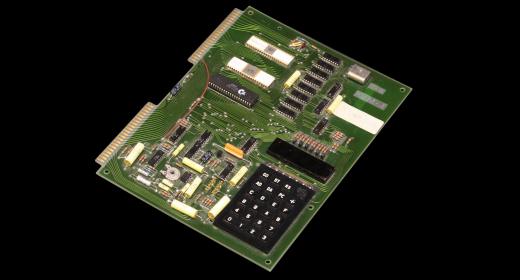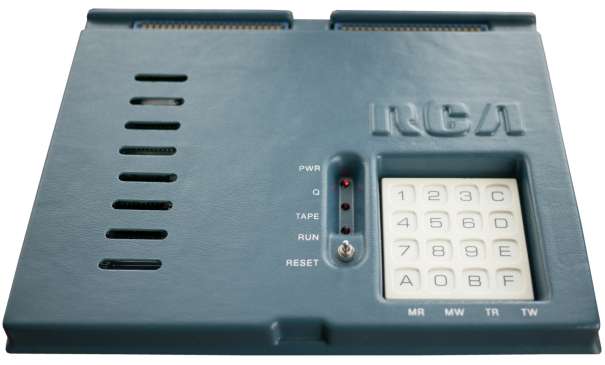
The kit computers available in the later part of the seventies, such as the RCA Cosmac VIP, were great tools for those who wanted to learn programing without having to pay a pretty penny. The RCA Cosmac VIP was one of the more expensive of the bunch. But for the extra money, the learner got a nicer board and other amenities. Read on to discover more on the RCA Cosmac VIP here in this enlightening article.
The trainer kit computers like the RCA Cosmac VIP used one common denominator, the processor. The RCA 1802 was the first microprocessor on one chip that Radio Corporation of America ever created. It was created by Joe Weisbecker and eventually made it all the way to the laboratories of NASA. The RCA 1802 was created with anti-static abilities. It was therefore chosen to be the first microprocessor in space. It was also chosen to power the RCA Cosmac VIP. The word “Cosmac” stood for “COmplementary Symmetry Monolithic Array Computer” and was of Complementary MOS architecture.
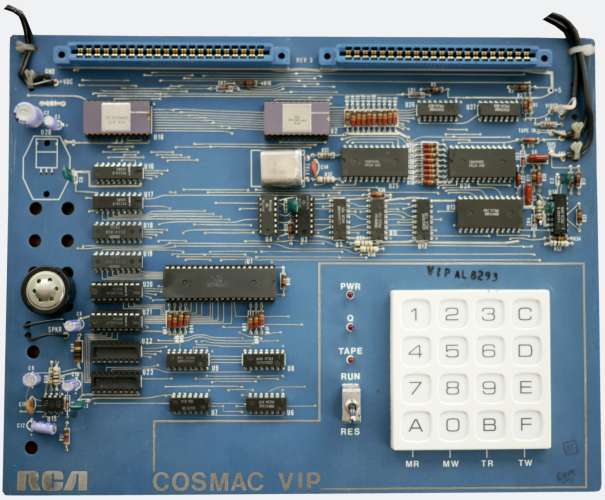
The RCA Cosmac VIP was designed to be a home hobby computer. No external keyboard was needed, the VIP had a 16 key keypad that utilized pressure sensitive ( membrane ) buttons. This differed from other trainer kits that used the same processor. They used keys that were styled after the normal keyboards that hooked up to PCs or Macs. The board itself was laid out with elegance. There were no LED numeric displays included from the factory, but they could be added later. A case could also be added later that would give needed strength if the keypad was to be used frequently.
The RCA Cosmac VIP came with its own programming language. It was called “CHIP 8” and combined together 31 easy instructions. The CHIP 8 language was similar to machine language. The two could be combined if so desired. It was also possible to develop personal interpretive languages with the VIP kit computer. For those who liked to experiment with hardware, the logic diagrams, data sheets, trouble shooting hints and test programs were provided with the kit. An oscilloscope would be needed for backup and for identifying problems. Video games could be programmed into the RCA Cosmac VIP. Multi-player games could be programmed into the VIP as well. The board came with 20 video games included on the board.
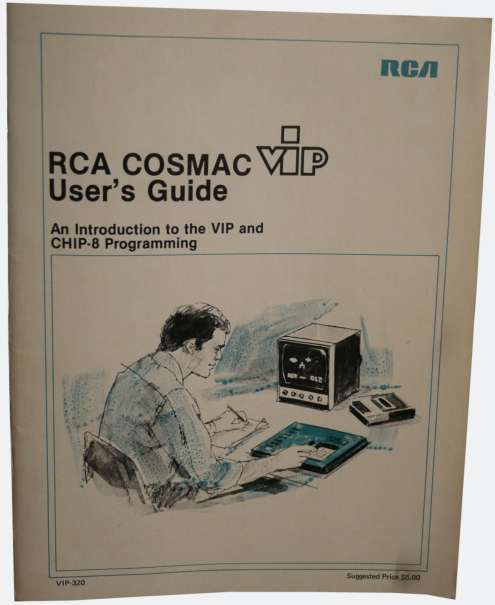
The specifications for the RCA Cosmac VIP were average, with the exception of the random access memory ( RAM ). The kit was sporting 2048 bytes of RAM and 512 bytes of read-only memory ( ROM ). The external connections consisted of cassette, audio, video and parallel ports. An optional external cassette could be used for storage. The RCA 1802 chip mentioned earlier ran at 1.76 megahertz. RCA advertised the VIP as having “full expansion capability”. An internally regulated power converter was included from RCA. They recommended that if more RAM was added that a power supply with more wattage would be needed.
A RCA Cosmac VIP II was talked about and prototypes were made, but none came to market. The retail price for the VIP was around $275 dollars.
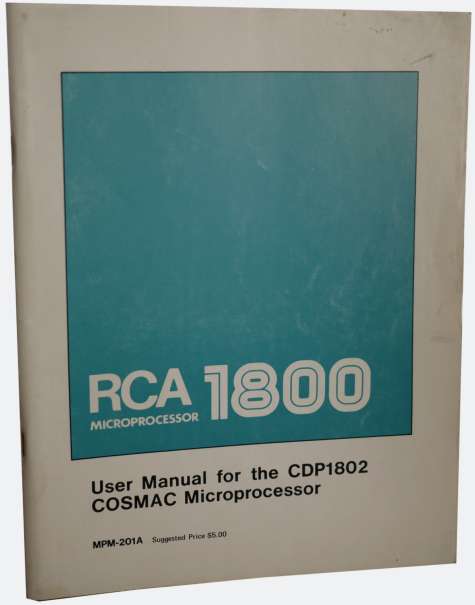
Pretty much any Cosmac based computer is popular with collectors today. Even the single board versions without a case sell for decent amounts of money. Throw in a case such as the one above has and the manuals and power supply and you’ll see a high selling price. Add expansion boards to the mix and you’ll get maximum price. Functioning boards alone sell for around $300.00. With accessories and expansion boards I’ve seen them sell for over $1000.00.
